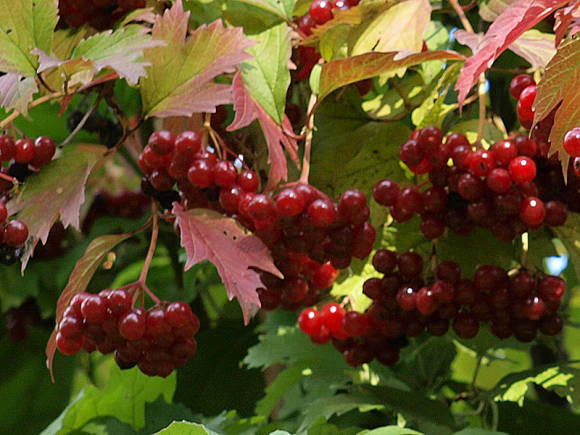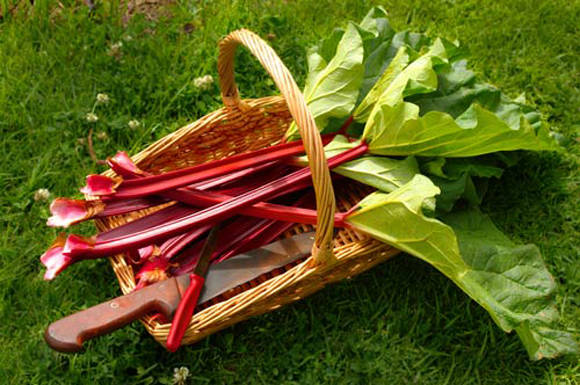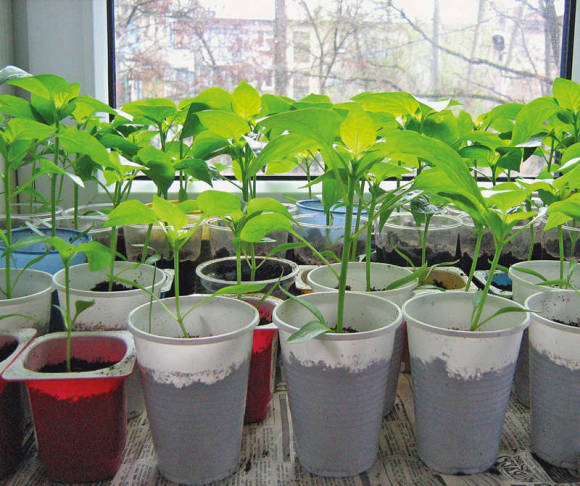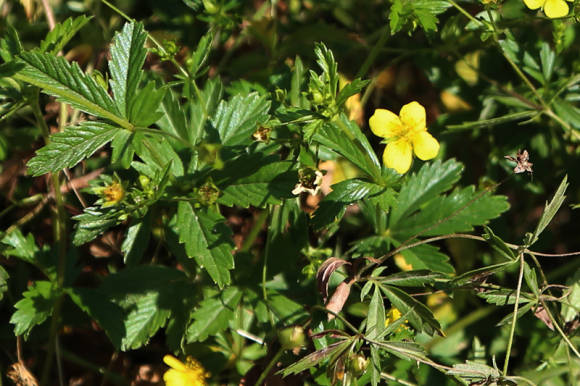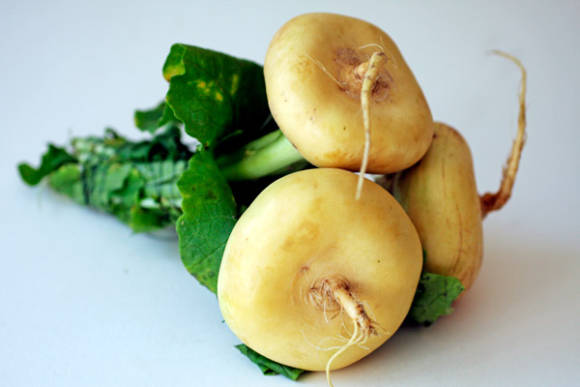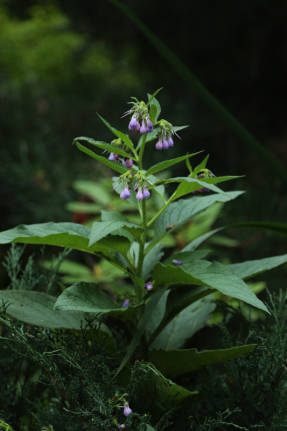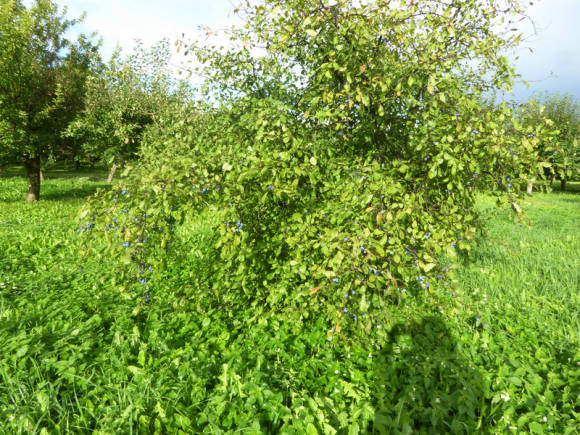To achieve good growth and abundant flowering rhododendrons can, if learn to observe seven the main agrotechnical rules.
 1. Site selection. The best option is a semi-shaded place near the water. Avoid hollows where surface water stagnates and cold air collects. The landing site must be protected from dry and cold winds. At the same time, deciduous rhododendrons do not require shading and are less demanding on soil conditions.
1. Site selection. The best option is a semi-shaded place near the water. Avoid hollows where surface water stagnates and cold air collects. The landing site must be protected from dry and cold winds. At the same time, deciduous rhododendrons do not require shading and are less demanding on soil conditions.
Under rhododendrons well aerated and permeable soils with a sufficiently high humus content are suitable. Peat soil or a mixture of peat and sand is best suited for this purpose. A common requirement for all soils is the acidic reaction of the environment. Rhododendrons grow well and develop at a pH of 3-5. The acidity of the soil is determined by the indicator plants: on mineral soils with an acid reaction, sorrel, dog mint, veronica, pickulniks most often grow; on slightly acidic and neutral ones - field bindweed, odorless chamomile, field thistle, creeping clover, creeping wheatgrass. On peat-boggy soils - sphagnum mosses, marsh wild rosemary, whitewash, marsh myrtle.
2. Preparing the soil. For one bush prepare a planting pit 60-70 cm wide, 30-40 cm deep. On heavy clay soils, the pit should be shallower (15-20 cm) and much wider (1.0-1.2 m) (Fig. 1 .). It is filled with high-moor peat or a previously prepared soil mixture. As such a mixture can be recommended: sour peat, coniferous and leafy soil, river sand (3: 1: 2: 1), sour peat, sawdust, sand (2: 1: 1), peat, fallen needles, sawdust, sand ( 2: 1: 1: 1), etc. It is advisable to add complete mineral fertilizer to the soil mixture at the rate of 150-200 g per 1 m, as well as 40 g of sulfur.
3. Planting material. It is best to use 3 year old plants with ZKS. If desired, you can also use 1-2-year-old seedlings, or plants aged 4 years and older. Planting young plants is best done in the spring, before the growing season or at the very beginning of shoot growth. But autumn planting in September is also possible, provided that the seedlings were grown in the open field. Seedlings with ZKS can be planted throughout the season.
 4. Landing. A plant in a container or with a clod of earth is placed in a container with water and kept until the entire clod is saturated with moisture. Then the plant is removed from the container and placed in a prepared planting pit. It is buried in the soil so that the top of the root ball from the container is at the level of the soil surface at the planting site. Do not deepen the rhododendron root collar! If this rule is violated, the plants stop blooming, and eventually die. A small roller of earth is formed around the planting site and water is gradually poured until the earth is completely saturated with moisture. After 1-2 weeks, the soil is leveled, leaving a small indentation so that water is retained when watering. When planting a group of plants, the distance between the bushes should be at least 1 m. Medium-sized bushes are planted at a distance of 0.7-1.5 m, tall ones - 2-2.5 m.
4. Landing. A plant in a container or with a clod of earth is placed in a container with water and kept until the entire clod is saturated with moisture. Then the plant is removed from the container and placed in a prepared planting pit. It is buried in the soil so that the top of the root ball from the container is at the level of the soil surface at the planting site. Do not deepen the rhododendron root collar! If this rule is violated, the plants stop blooming, and eventually die. A small roller of earth is formed around the planting site and water is gradually poured until the earth is completely saturated with moisture. After 1-2 weeks, the soil is leveled, leaving a small indentation so that water is retained when watering. When planting a group of plants, the distance between the bushes should be at least 1 m. Medium-sized bushes are planted at a distance of 0.7-1.5 m, tall ones - 2-2.5 m.
5. Top dressing. Twice a year: at the end of flowering and at the beginning of July, it is necessary to feed the rhododendrons with mixtures of mineral fertilizers ("Kemira for rhododendrons", or "Kemira-universal"). For liquid feeding, 20 g of fertilizer is dissolved in 10 liters of water. You can simply scatter it dry around the bushes at the rate of 100 g per 1 m.Very good results are obtained using a mixture of acid fertilizers: ammonium sulfate, superphosphate, potassium sulfate and magnesium sulfate in a ratio of 9: 10: 4: 2. It is best to apply this mixture in three stages: at the rate of 1 m, add 100 g in early spring, during the period of swelling of the buds; another 100 g of the mixture is introduced at the end of flowering, and another 50 g of the mixture is introduced at the beginning of July (during the period of the beginning of secondary growth of shoots). Rhododendrons also require organic fertilizers. Sour high-moor peat is best used. If not, albumin or rotted manure can be used, but use it very carefully, in small quantities and only in spring or early summer. In no case should fresh manure be used! 0.5 l of fermented slurry is diluted in a bucket of water and used for irrigation 4 m.Trace elements are needed in very small quantities. If the composition of the substrate includes leafy earth and needles, then they contain a sufficient amount of trace elements. If the substrate has a different composition, you can use the "AVA" fertilizer.
6. Watering. Typically, the watering rate is 1-1.5 buckets two to three times a week for an adult plant. Young seedlings are watered more often, but not more than 0.5 buckets per 1 bush. During flowering, plants are watered more often. If the weather is dry in the autumn, then the plants should also be watered abundantly, this contributes to a better overwintering. In dry and hot weather, plants are sprayed with water. The pH of the water used for irrigation is of great importance. It should be no more than 4-5 units, otherwise the rhododendrons begin to hurt, which manifests itself in the form of yellowing of the leaves. Then the leaves begin to dry out, and later the whole plant also dies. To avoid this, the water before watering is acidified with either concentrated sulfuric acid (1 ml per bucket of water) or oxalic, citric, acetic or other organic acids (3-4 g per bucket of water).
7. Mulching. It is best to use sawdust or bark of woody plants, you can use fallen needles or foliage, straw or a mixture of several of the above components is suitable. Mulch is scattered around the bush in a layer 5-7 cm thick (more than 10-12 cm is possible). The radius of the mulch circle is 0.5-0.7 m or corresponds to the diameter of the crown.

And the last one: do not loosen the soil around rhododendrons! Their root system is very close to the surface, so weeds under the bushes must be removed by hand.

